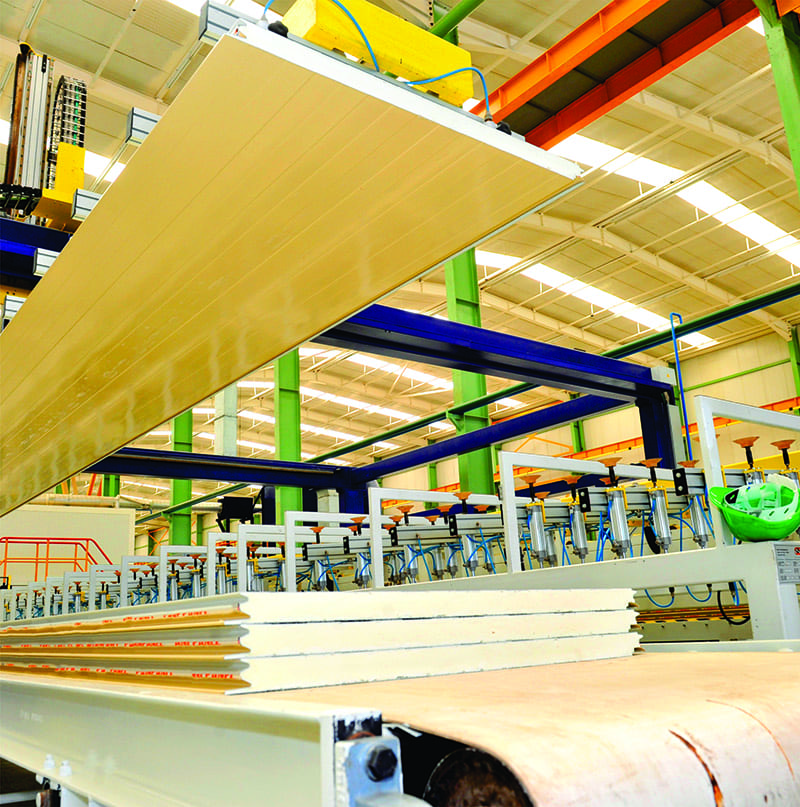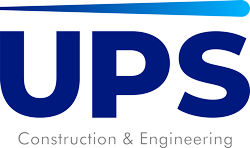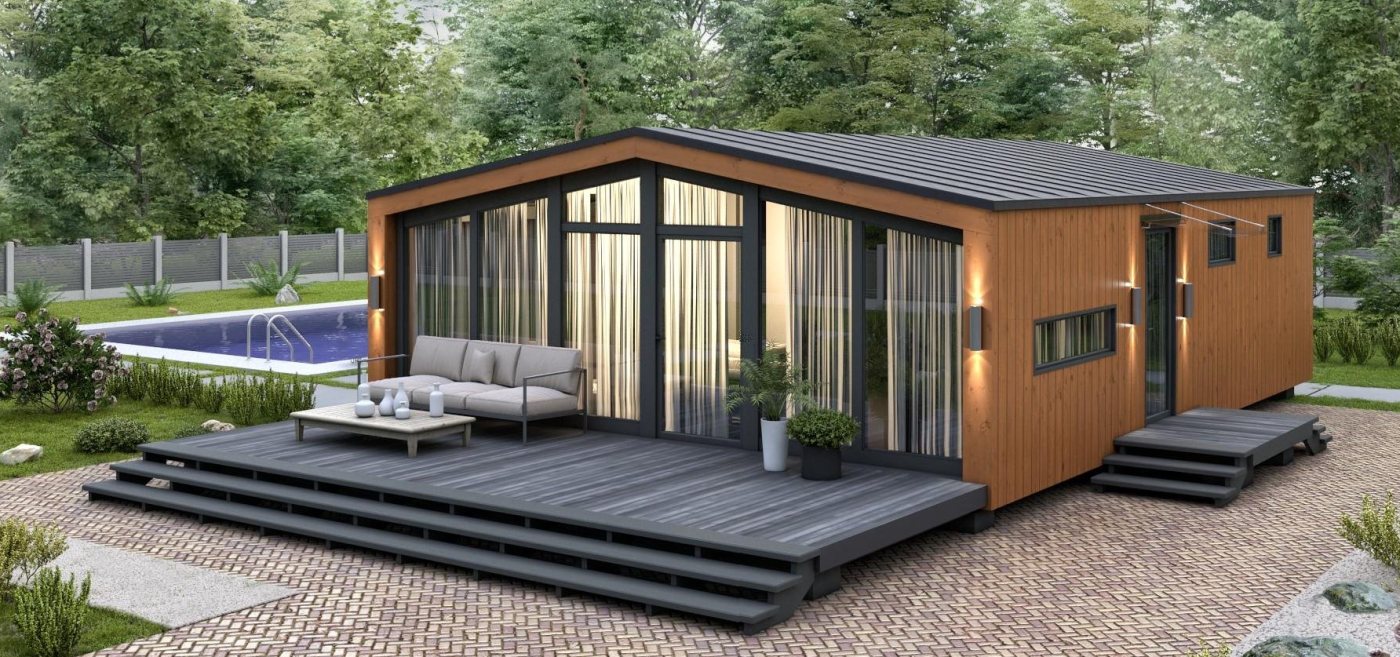
Pros and cons of sandwich panels

In recent years, sandwich panels have proven to be a revolutionary solution in the construction sector. This material is increasing its popularity every day, whether for ceiling or wall applications.
Having a wide coverage area, sandwich panels combine a number of positive and negative sides.
These materials have high load-bearing capacity and light weight, although the middle parts are filling material for insulation purposes.
Among the positive qualities of sandwich panels, it is also worth noting their outstanding insulating ability and saving energy consumption due to materials such as dashyun, polyurethane, eps, xps. The listed filling materials provide good quality heat and sound insulation of sandwich panels.
Sandwich panels, whose fire resistance rises enormously when wool is used as a filling material, also combine qualities such as quick installation, longevity, easy maintenance and recovery.
Sandwich panels, along with all these listed positive aspects, have a number of negative features.
Among these negative characteristics, we can highlight the fact that it does not provide the desired insulation when proper workmanship is not applied and maintenance is not carried out in the first place. Also, the use of polymer-based foam material as an interior filling material greatly reduces the fire resistance of these products.
In some cases, it is also among the undesirable aspects of sandwich panels that it deforms if exposed to high temperatures and the sun.
Blog
Subscribe to our newsletter





